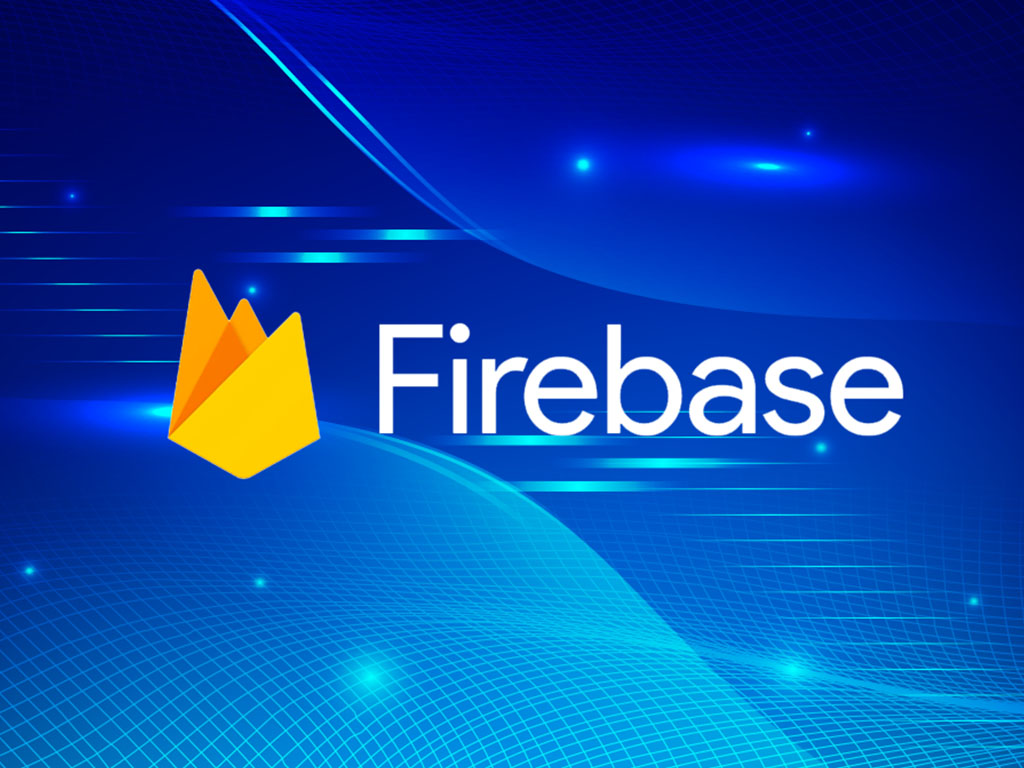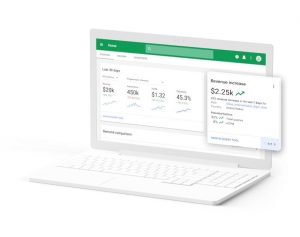In today’s fast-paced world of app development, developers are constantly seeking tools and platforms that streamline the development process, enhance user experiences, and optimize performance. Firebase emerges as a powerful and versatile platform, offering a suite of services and tools to accelerate app development and drive success in the digital landscape. This article serves as a unique guide to using Firebase for applications, providing insights into its capabilities, best practices, and innovative strategies for building robust and scalable apps.
1. **Understanding Firebase:**
Firebase is a comprehensive platform developed by Google, designed to help developers build, grow, and scale apps more effectively. In 2024, Firebase encompasses a wide range of services and tools, including:
– Realtime Database: A NoSQL database for storing and syncing data in real-time across clients.
– Authentication: User authentication and authorization services, including email/password, social login, and multi-factor authentication.
– Cloud Firestore: A flexible, scalable database for storing and syncing structured data in the cloud.
– Cloud Functions: Serverless compute platform for running backend code in response to events triggered by Firebase features and HTTPS requests.
– Hosting: Fast and secure web hosting for serving static and dynamic content to users worldwide.
– Analytics: Insights into app usage, user engagement, and conversion rates, helping developers make data-driven decisions.
– Cloud Messaging: Cross-platform messaging and notifications to engage users and drive re-engagement.
– Remote Config: Dynamic configuration and feature flag management to customize app behavior without deploying app updates.
– Performance Monitoring: Real-time insights into app performance, including network latency, app startup time, and UI rendering.
2. **Accelerating App Development:**
Firebase accelerates app development by providing developers with ready-to-use tools and services that address common challenges and requirements. In 2024, developers can leverage Firebase to:
– Quickly set up authentication and authorization features without building them from scratch, saving time and effort.
– Integrate real-time data synchronization and offline support into their apps with Firebase Realtime Database or Cloud Firestore.
– Implement push notifications and in-app messaging to engage users and drive user retention and re-engagement.
– Monitor app performance and user behavior with Firebase Analytics and Performance Monitoring, gaining insights to optimize app experiences.
– Scale apps seamlessly with Firebase’s managed infrastructure and serverless compute platform, reducing operational complexity and overhead.
3. **Enhancing User Experiences:**
Firebase enables developers to enhance user experiences by providing tools and features that improve app usability, performance, and engagement. In 2024, developers can use Firebase to:
– Personalize app experiences with dynamic content and customized features using Firebase Remote Config and A/B testing.
– Optimize app performance and responsiveness with insights from Firebase Performance Monitoring, identifying and addressing performance bottlenecks.
– Deliver targeted push notifications and in-app messages based on user behavior and preferences, increasing user engagement and retention.
– Implement real-time chat and collaboration features with Firebase Realtime Database or Cloud Firestore, enabling seamless communication between users.
4. **Scaling Apps for Success:**
As apps grow in complexity and user base, scalability becomes a critical factor for success. Firebase offers developers scalable infrastructure and services to support app growth and ensure reliability and performance. In 2024, developers can use Firebase to:
– Scale backend services and infrastructure automatically to handle spikes in traffic and user demand.
– Leverage Firebase’s global network of data centers to ensure low-latency access to app content and services for users worldwide.
– Monitor app performance and usage patterns with Firebase Analytics and Performance Monitoring, identifying areas for optimization and scalability improvements.
– Integrate with other Google Cloud Platform services for additional scalability and flexibility, such as Cloud Functions, Cloud Storage, and Cloud Pub/Sub.
Conclusion:
In the ever-evolving landscape of app development, Firebase stands out as a comprehensive and versatile platform for building, growing, and scaling apps. By understanding its capabilities, accelerating app development, enhancing user experiences, and scaling apps for success, developers can leverage Firebase to drive success in the digital landscape of 2024 and beyond. Embrace innovation, experimentation, and continuous improvement as you harness the power of Firebase to ignite your app development journey.








